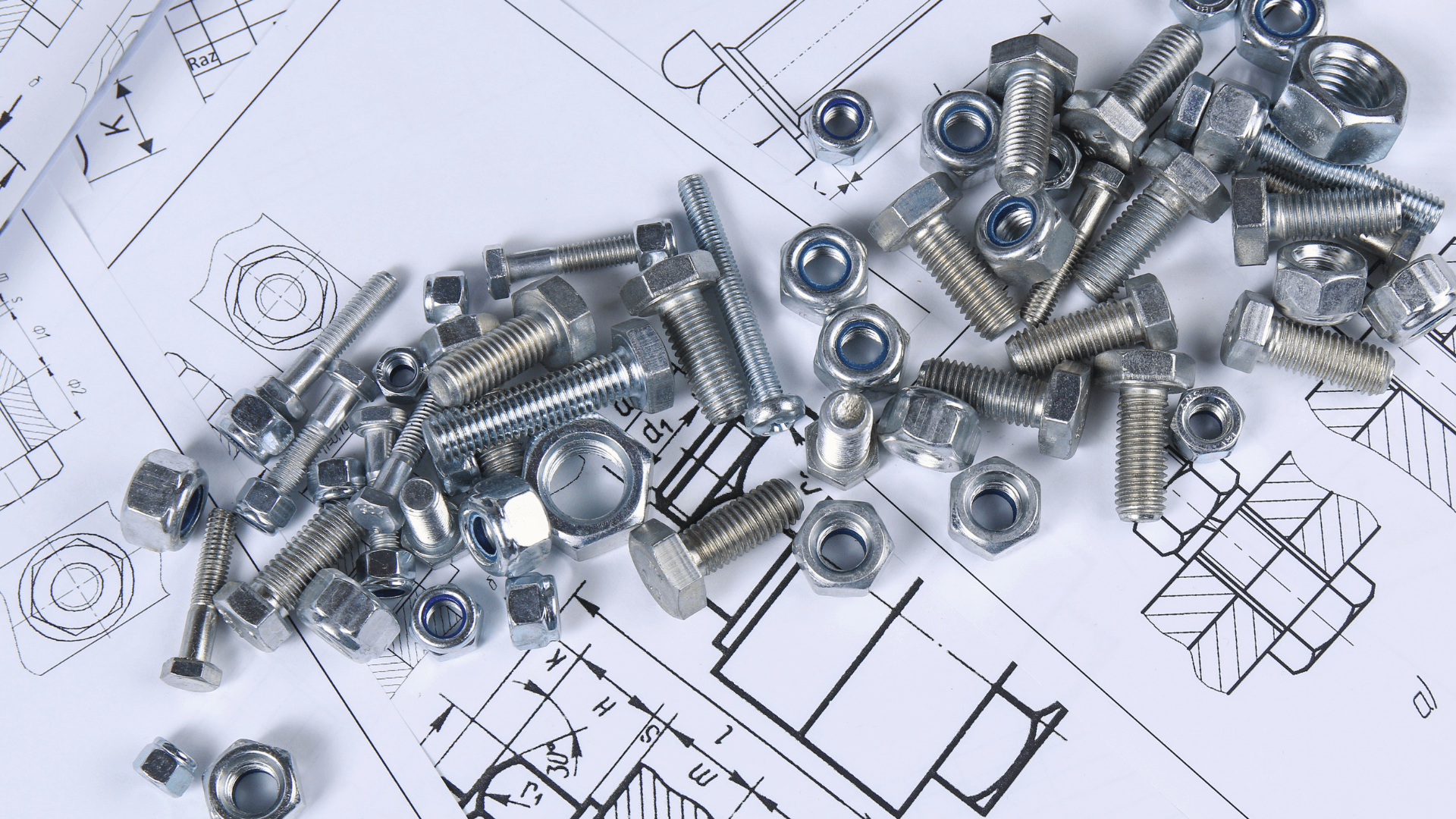How Lamons Makes Reverse Engineering More Efficient

Reverse engineering of machined parts is a critical process that keeps operations running across essential industries. This process is most often used to reproduce components that lack the documentation of precise measurements and materials that is necessary for manufacturing.
Reverse engineering comes to the rescue when stakes are high and timelines are short. Undocumented gaskets and fasteners are likely to be discovered during a facility’s scheduled maintenance shutdown. Subcontracted planners rely on whatever documentation is already on file. If just one of the thousands of connections isn’t documented, or the drawings are unreadable due to improper scanning, the result is often costly unscheduled downtime.
As experts in engineering, manufacturing, and distribution of gaskets and fasteners, Lamons is working to relieve these challenges by streamlining reverse engineering and improving record keeping.
Reverse Engineering Restores Lost Documentation
At many facilities, the same equipment has been in operation for decades, meaning that some drawings predate the era of digital record keeping. In some cases, hand-drawn documentation has been mimeographed and copied multiple times over the years. By the time it is finally scanned as a digital record, it’s either unreadable or unreliable.
Documentation issues are most likely to be discovered at the last minute by contract planning personnel who may or may not return to handle the next maintenance cycle. The best way to avoid future maintenance delays and ensure continuity despite contractor turnover is to fill gaps in documentation and establish site-specific record keeping. Reverse engineering produces accurate documentation that can help avoid these future delays.
Reverse Engineering Supplies a Physical Replacement
As maintenance teams, crane operators, and equipment wait on standby, planners rush to get a physical replacement for the undocumented part before the shutdown window closes. The longer it takes to supply the replacement, the higher the cost of unscheduled downtime. A few missing bolts can equate to hundreds of thousands of dollars in lost productivity and extra maintenance costs. Reverse engineering quickly reproduces and ships the correct replacement, keeping the maintenance shutdown timeline on track and preventing cost creep.
TruFAST Streamlines Reverse Gasket Engineering
The typical reverse engineering process requires the undocumented gasket to be physically delivered to a reverse engineering team. The team takes measurements and gathers information to estimate the amount of corrosion they need to account for. They produce a replacement gasket using computer-aided design (CAD), compare the old and new gasket side by side, remeasure, and repeat the process as many times as necessary until it’s right. This might take hours or days to complete, in addition to the shipping time for the original component and the replacement.
Lamons TruFASTTM (Field-Acquired Seal Technology) reverse engineering process for semi-metallic gaskets and soft gaskets is faster and simpler than other reverse engineering options. Our digital software allows our engineering team to accurately reproduce gaskets using only a photo reference or flange rubbing, rather than the original gasket itself. With a more accurate process that cuts down mailing time and requires less physical iteration in CAD, TruFAST delivers a replacement gasket in hours instead of days.
How Lamons Reverse Engineering Benefits Customers
The dedicated engineering team at Lamons provides a one-stop shop for in-house reverse engineering of gaskets and fasteners. Since we don’t need to work with third-party engineers or manufacturers, we can provide customers with shorter timelines, simplified paperwork, and consolidated shipping.
Through a global footprint of strategically located manufacturing and distribution facilities, Lamons is able to cut down on shipping times and deliver reverse engineered components faster.
Lamons also helps our customers store accurate reference drawings in Drawings Online, which enables site-specific record keeping of detailed product requirements. Drawings Online is designed to be easy to edit, allowing customers to update records and avoid future purchasing delays, and is balanced by a detailed approvals process that prevents new errors. Drawings Online also offers an easy search function so planners can access all key information in one place.
If you’re looking for a reverse engineering partner that helps you proactively solve maintenance challenges before they happen, Lamons is here to help.



